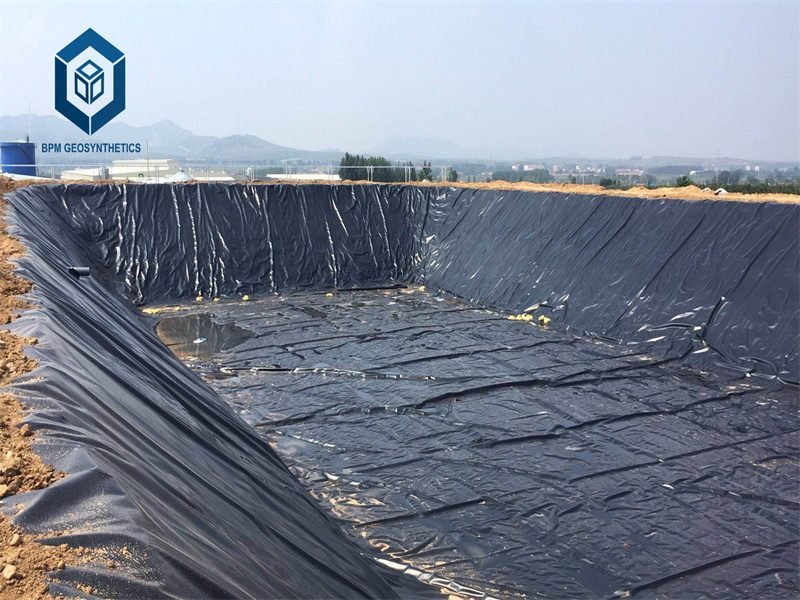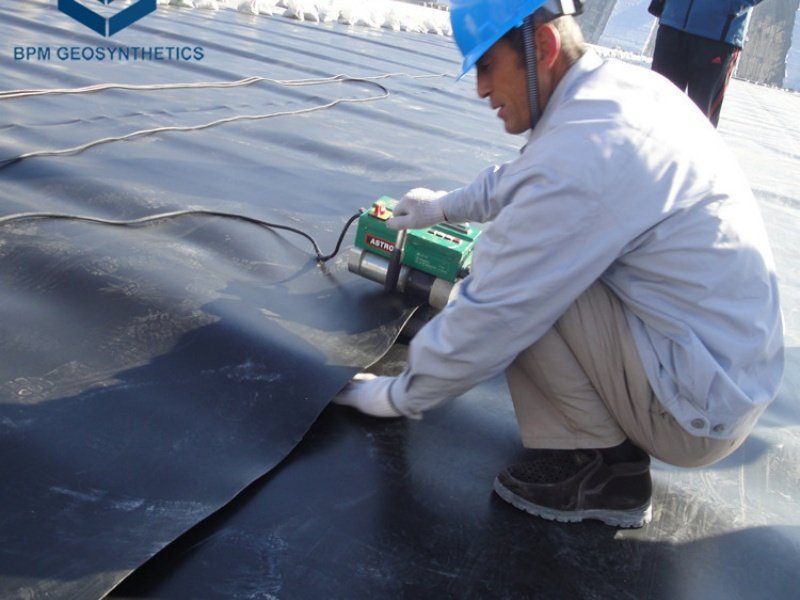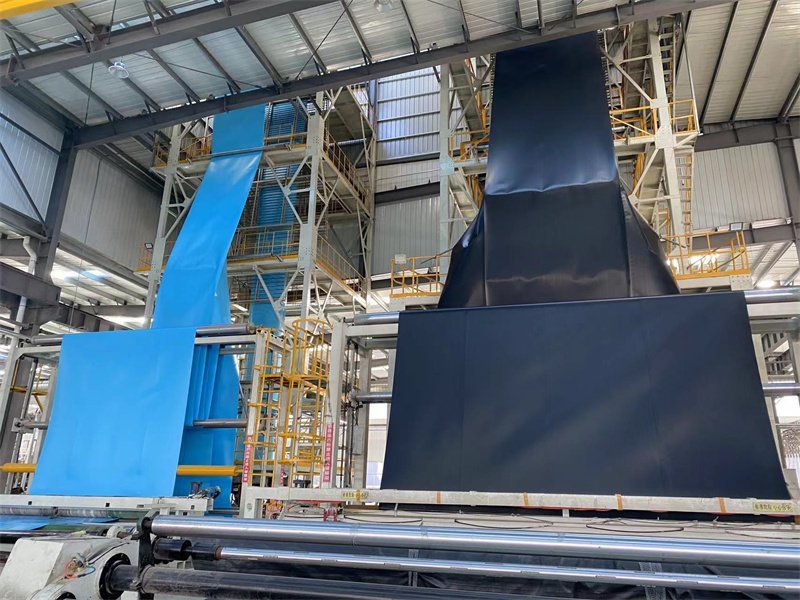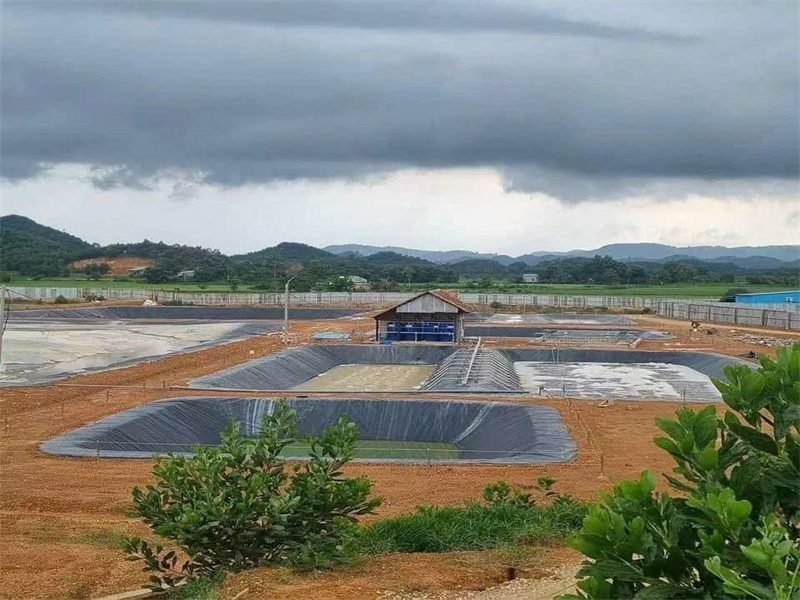HDPE membrane has long been celebrated for its durability, chemical resistance, and impermeability, making it a staple in construction, environmental engineering, and waste management. From landfill liners to reservoir waterproofing, its applications are vast. However, beneath its reputation as a reliable barrier lies a range of drawbacks that often go overlooked. This article explores the key disadvantages of HDPE membrane, shedding light on its limitations in installation, performance, environmental impact, and cost.
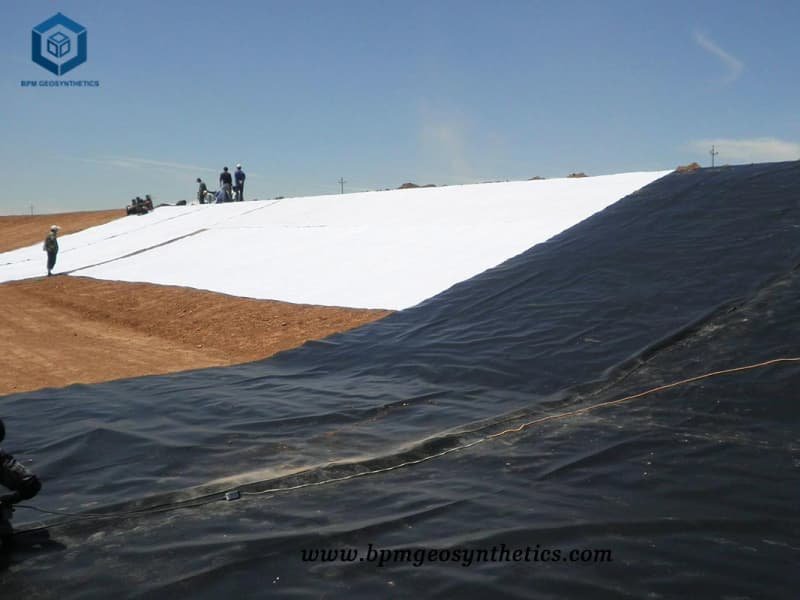
I. Installation Challenges
1. Rigidity and Poor Conformability
One of the most significant hurdles in working with HDPE geomembrane is its inherent rigidity. Unlike more flexible materials such as EPDM rubber or PVC, HDPE lacks elasticity, making it difficult to adapt to irregular surfaces. In projects with uneven terrain—such as sloped landfills, curved reservoir walls, or sites with rocky subgrades—achieving a tight, wrinkle-free fit is extremely challenging. Wrinkles and gaps not only compromise the membrane’s ability to prevent leakage but also create weak points where tearing or puncturing is more likely. For example, in landfill construction, a poorly fitted HDPE liner may shift over time, causing seams to separate and allowing toxic leachate to seep into the soil.
2. Sensitivity to Installation Conditions
HDPE geomembrane installation is highly dependent on environmental factors, particularly temperature. In cold climates, the material becomes brittle, increasing the risk of cracking during handling and laying. Conversely, high temperatures cause HDPE to expand, leading to uneven stretching that can result in sagging or buckling once the temperature drops. Additionally, the subgrade must be meticulously prepared: even small rocks, roots, or debris can puncture the membrane, negating its waterproofing properties. This requires extensive site preparation—including grading, compaction, and debris removal—adding time and labor costs to projects.
3. Complex Seaming Requirements
Creating watertight seams is critical for HDPE membrane performance, yet the process is far from straightforward. Seams must be heat-welded using specialized equipment, which demands skilled operators with precise control over temperature, pressure, and welding speed. A single mistake—such as underheating (resulting in weak bonds) or overheating (causing membrane degradation)—can lead to leaks. This complexity limits the pool of qualified installers and increases the risk of human error, especially in large-scale projects where thousands of linear meters of seams must be welded.
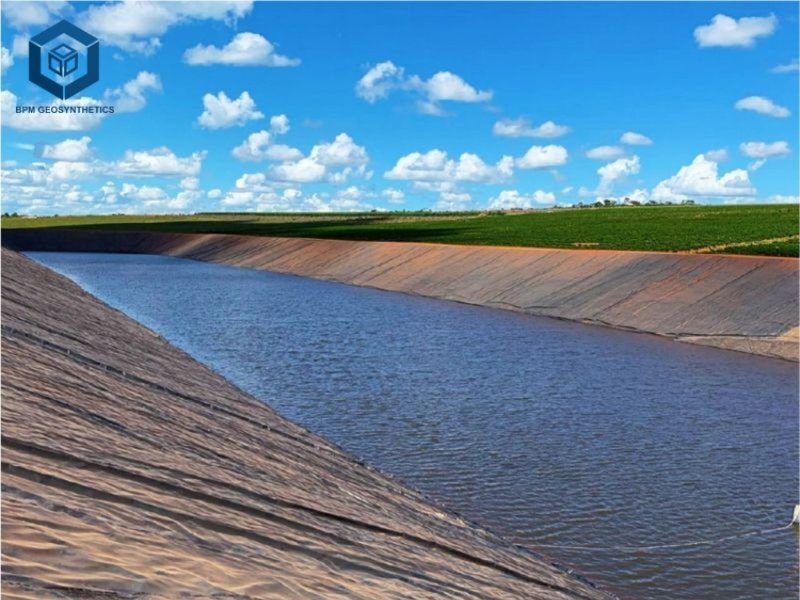
III. Environmental Concerns
1. High Carbon Footprint
The production of HDPE membrane relies on petroleum, a non-renewable resource. Extracting and refining crude oil, then processing it into polyethylene, consumes large amounts of energy and emits greenhouse gases. Additionally, the manufacturing process generates volatile organic compounds (VOCs) and other pollutants, contributing to air and water pollution. As sustainability becomes a priority in construction, HDPE’s reliance on fossil fuels and its associated carbon emissions make it a less environmentally friendly choice compared to bio-based or recycled alternatives.
2. Recycling Challenges
At the end of its lifespan, HDPE membrane is difficult to recycle. Contamination from chemicals (e.g., landfill leachate, agricultural runoff) or physical damage (e.g., tears, UV degradation) renders most used membranes unfit for recycling. Even clean membranes are bulky and require specialized processing, which is economically unfeasible for many waste management facilities. As a result, most discarded HDPE membranes end up in landfills, where they take centuries to decompose, contributing to long-term waste accumulation.
3. Ecological Disruption
In environmental engineering projects—such as wetland restoration or artificial lake construction—HDPE membrane can disrupt natural ecosystems. Its impermeable nature blocks water and nutrient exchange between soil and water, inhibiting the growth of aquatic plants and microorganisms. For example, in wetland mitigation projects, HDPE liners have been shown to reduce biodiversity by preventing native plants from accessing groundwater, altering food chains and reducing water purification efficiency. This makes HDPE unsuitable for applications where ecological compatibility is a priority.
IV. Economic Drawbacks
1. High Initial Costs
HDPE geomembrane has a higher upfront cost compared to alternatives like PVC or bituminous membranes. This is due to the expensive raw materials and manufacturing processes involved. For large-scale projects—such as municipal landfills or irrigation reservoirs—the cost of HDPE can account for 20–30% of the total waterproofing budget. While proponents argue that its longevity offsets these costs, the performance limitations discussed earlier often mean HDPE does not deliver the cost-effectiveness promised.
2. Hidden Maintenance and Replacement Costs
HDPE geomembrane requires ongoing maintenance to address issues like UV degradation, seam failures, and punctures. Detecting leaks often involves specialized equipment (e.g., infrared scanners or vacuum testing), adding to project expenses. When failures occur, repairs are costly: replacing a single section of membrane in a landfill, for example, requires excavating surrounding material, removing damaged sections, and re-welding new panels—all of which disrupt operations and inflate costs. In extreme cases, widespread degradation can necessitate full membrane replacement, a expense that can exceed the initial installation cost.
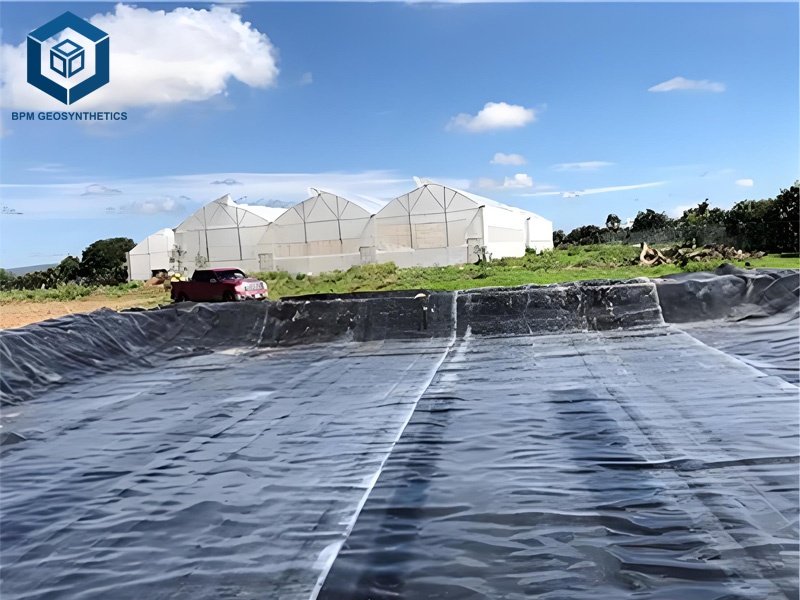
Conclusion
HDPE geomembrane remains a popular choice for waterproofing and containment, but its disadvantages are too significant to ignore. From installation complexities and performance limitations to environmental harm and economic burdens, these drawbacks highlight the need for careful consideration when selecting membrane materials. While HDPE may be suitable for certain controlled environments—such as indoor tanks or shaded applications—engineers, contractors, and project managers should weigh its limitations against alternatives like reinforced geomembranes or bio-based materials. By acknowledging these disadvantages, stakeholders can make more informed decisions that balance performance, cost, and sustainability.

